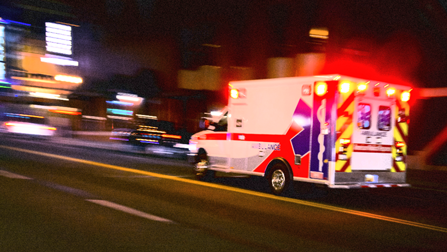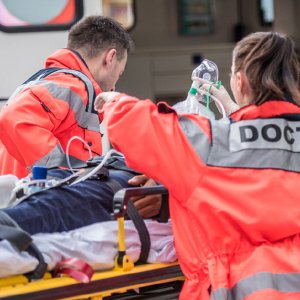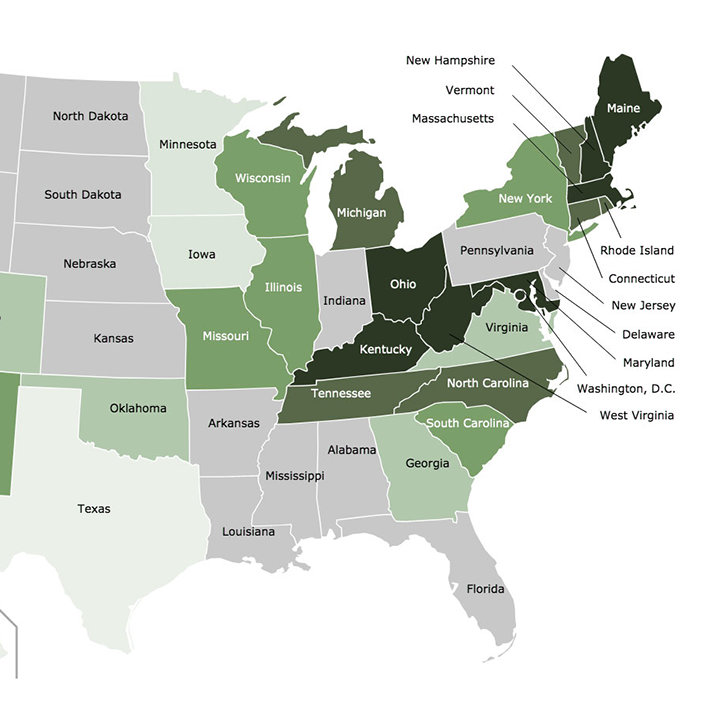Why Naloxone (By Itself) is Betraying Americans Addicted to Opioids
You may have heard that the Midwest and Northeast have been swept by a deadly wave of drug overdoses in the last year. As the number of overdoses rose, more police, fire departments and hospitals were supplied with the opioid antidote naloxone. If it is administered in time to someone who overdosed on heroin, painkillers or other opioids, that person normally comes suddenly back to alertness, sometimes from a near-death condition.
If that antidote had not been available to first responders, there would be far more deaths. As long as a person can be kept alive, he (or she) has a chance to recover from addiction. While that’s the ideal result of being brought back to life, it often doesn’t work out that way. First responders like police and emergency medical technicians are too often being called to rescue the same person later the same week – occasionally again the same day. There must be a better way to help these people get onto a better path in life.

Ohio, Kentucky, New Jersey and Other States
Ohio and surrounding states have been hard hit by increasing use of heroin. Of course, heroin, with its varying potency, can very easily cause an overdose. In the last few years, drug traffickers have taken to buying strong synthetic opioids from overseas and mixing small amounts of these synthetics with their heroin. The idea is to increase the effects of their drugs without needing to use as much of the most expensive ingredient – heroin. Add a little bit of illicitly-manufactured fentanyl to your heroin and you have a product your customers will clamor for and your profits will be even higher than usual.
But these drug traffickers are not pharmacists. They are not trained in the proper balance of ingredients, nor are they skilled in mixing their compounds evenly. One of their customers could end up with a bag of powder they think is heroin but which in fact contains an overdose of fentanyl. With this kind of danger on every hand, much better help is needed than just reviving a person with naloxone.
Stories from the Front Prove Better Help is Needed
In September 2016, Columbus, Ohio police reported 21 overdoses in a single day – they used 27 doses of naloxone to bring people back to life after their hearts and breathing stopped. In Cincinnati, there were 174 overdoses reported in just a six-day period in 2016. In Cleveland, seven people died on one weekend day.
In Camden, New Jersey, ambulances were called to rescue 49 people who overdosed. Naloxone was used to revive each person. But in Knox County, Tennessee, the District Attorney General noted that some of the people being rescued were overdosing again soon afterwards. "The fact that people are almost dying, that we are bringing them back…law enforcement saving them, and that they are returning to that same behavior tells you that this is a problem that does not have a simple answer," she said.
In New Jersey, 200 people were saved with naloxone over a seven-month period, but one New Jersey mayor complained that without a way to connect these people with recovery services, there’s a revolving door in their emergency rooms. A New Jersey police lieutenant noted that he had found a loaded syringe of heroin next to a dose of naloxone a dozen times in the prior six months, meaning that some drug users were using naloxone as a safety net. And in a nearby township, one woman was given naloxone three times in one week.
Addiction Expert Recommends Not Just Relying on Naloxone
Dr. Andrew Kolodny is the medical director of the Phoenix House drug rehabilitation program and very familiar with the national problems of addiction and overdose. Naloxone is necessary but not enough, he stated in a Huffington Post article. There must be more emphasis on “preventing new cases of addiction and providing effective treatment for people who are already addicted,” he wrote.
Effective Treatment
Effective treatment must include a thorough detoxification to clear both body and mind of the physical effects of drugs. There must also be a way for a person to recover from the trauma suffered while addicted. Many people must also heal from trauma experienced before addiction, that actually drove them to seek relief in drugs. And new life skills need to be built because these are normally destroyed during addiction.

This is how recovery is approached at Narconon Arrowhead in Oklahoma. At Narconon Arrowhead, each person progresses at his (or her) own rate because everyone’s needs during recovery are different.
If you are worried to death about someone you love who risks an overdose every day, then contact us and find out how we can help.
Call us today at 1-800-775-8750
REFERENCES
http://wtop.com/health/2016/09/just-say-no-to-narcan-heroin-rescue-efforts-draw-backlash/
http://www.wbir.com/news/local/new-figures-118-dead-from-opiate-ods-in-knox-county/265364872
http://www.tristateupdate.com/story/32764747/update-26-heroin-overdoses-in-huntington-on-monday


